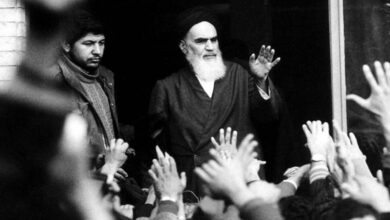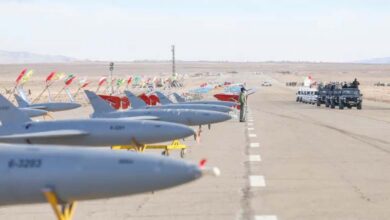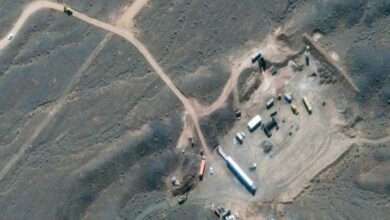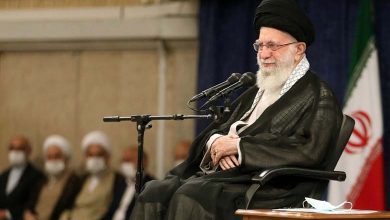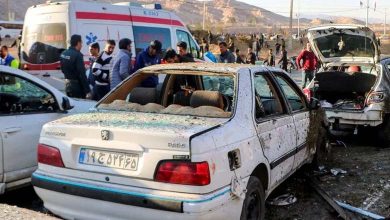Iran – How do protesters and activists hide from Security Services?
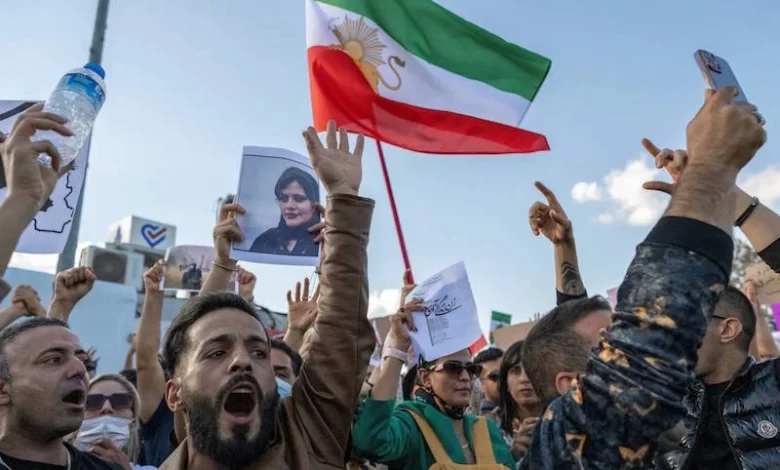
Hiding out of sight of Iran’s security apparatus, protestors and activists in some houses for weeks who do not open windows or doors or do not come out are targeted by the Iranian regime. If found, the outcome would be tragic; either they will die of torture or they will be executed in the public square. The result is one that will be the most terrible.
Safety net
Leila, an Iranian activist who met with CNN, said: “I hardly see sunlight, I miss being outdoors… I miss being able to walk freely, I miss my family, my room”. According to the US-based network, Leila and other activists and protesters are confined to four walls in a house that’s not theirs, with people they’ve never met. She has been in the line of fire for years by the Iranian government for her work as a civil rights activist, but she was forced into hiding last September, when an arrest warrant was issued following nationwide protests over the death of Mahsa Amini, a young woman charged with violating the country’s mandatory hijab laws. Since then, as security forces chased her home and family, Leila has taken refuge in the homes of strangers.
It is impossible to know exactly how many protesters are being housed inside Iran, but CNN spoke to many people, like Leila, who have left behind their homes and families to escape what has become an increasingly violent state repression. Leila’s own story, and the stories of those bravely hiding her, show that in addition to the extraordinary displays of public anger unfolding on Iran’s streets, “the struggle against the regime continues in various forms.”
Iranian efforts
“I came here in the middle of the night and the area was dark, I don’t even know where I am and my family don’t,” said Leila, who has spent time in some of Iran’s prisons, infamous for past activism, and for a long time has provided a voice to those of whom the regime prefers to keep silent, defending political prisoners and protesters facing execution.
CNN has corroborated documents, videos, witness testimonies and data from inside the country that suggest that at least 43 people could face imminent execution in Iran in connection with the current protests, using only a telephone and VPN. Leila continues to work today, reaching out to protesters in prison as well as families with loved ones sentenced to death – sharing their stories on social media, in an effort to help keep them safe and vibrant. But over time, the IRGC seems to be stepping up its efforts to find Leila.
Over the past five years, Iran has seen waves of demonstrations related to issues ranging from economic mismanagement and corruption to civil rights, one of the most prominent manifestations of public anger in 2019, when rising gas prices led to a sweeping uprising that was soon met with deadly force, the Iran Network said.




